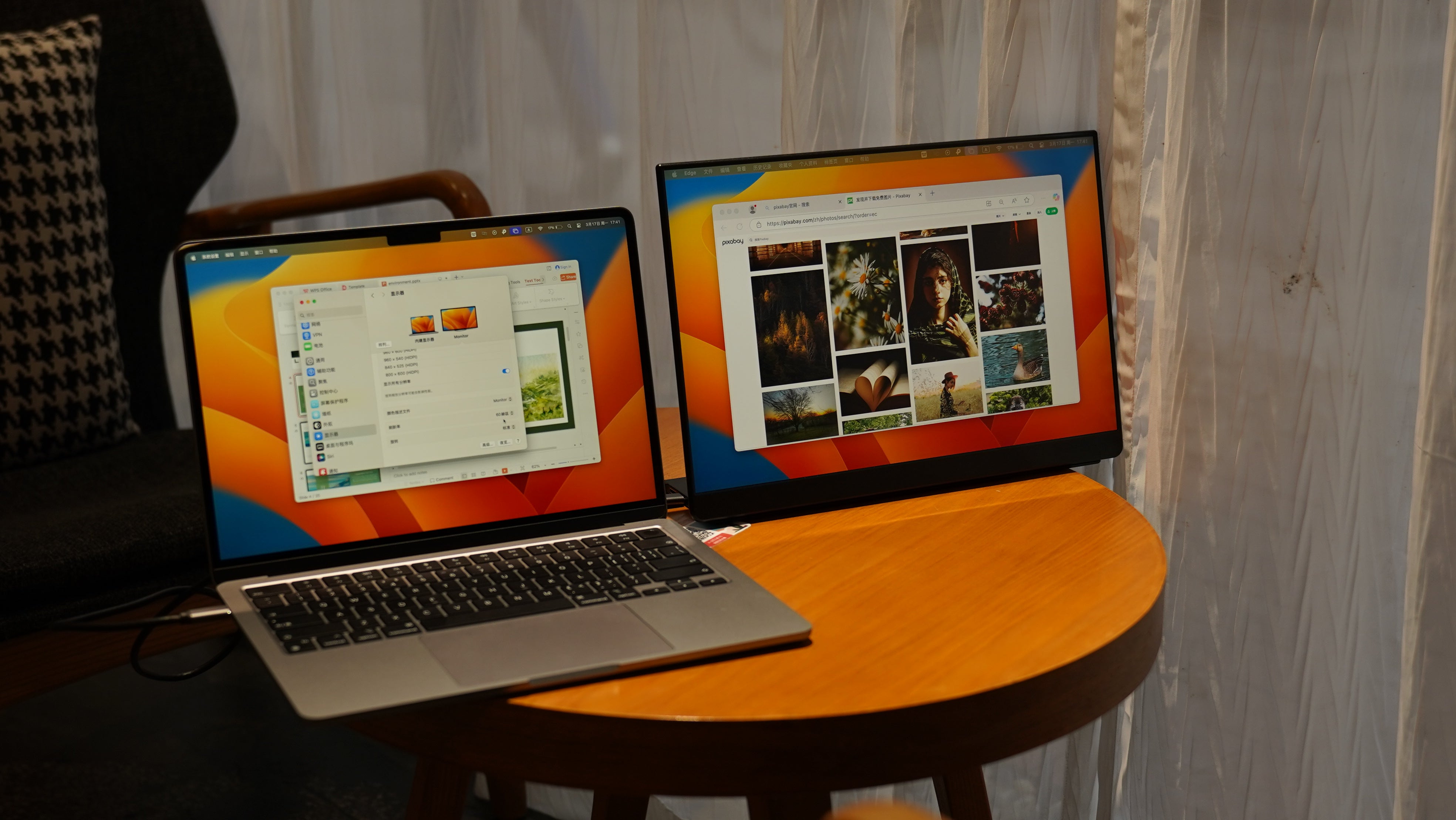Color Accuracy Testing: Does ΔE<1 Matter for Portable Monitors?
Color Accuracy Testing

In the world of professional displays, ΔE (Delta E) values below 1.0 are considered reference-grade color accuracy. But does this stringent standard make sense for portable monitors? This in-depth analysis examines when sub-1 ΔE matters—and when it's overkill for mobile workflows.
Understanding ΔE (Delta E)
ΔE measures the perceptible difference between a displayed color and its reference standard. The lower the ΔE, the more accurate the color reproduction:
ΔE < 1
Imperceptible difference. Required for medical imaging and color-critical print work.
ΔE 1-2
Nearly indistinguishable. Ideal for professional photo/video editing.
ΔE 2-4
Minor differences visible to trained eyes. Acceptable for most creative work.
ΔE > 4
Clearly noticeable differences. Problematic for professional use.
The Human Eye Threshold
Most people can't perceive ΔE differences below 2.0 in normal viewing conditions. The pursuit of ΔE<1 is primarily about creating margin for error in controlled environments.
Portable Monitor Realities
Unlike studio monitors, portable displays face unique challenges that affect color accuracy:


Environmental Factors
- Ambient light changes color perception more than ΔE<1 differences
- Viewing angles on portable IPS panels cause color shifts
- Power constraints may limit color processing capabilities
Use Case Analysis
| Workflow | Recommended ΔE | Portable Monitor Examples |
|---|---|---|
| Medical Imaging | <1.0 | EIZO RadiForce, Barco MDMC-3130 |
| Professional Photography | <2.0 | ASUS ProArt PA148CTV, BenQ SW271 |
| Video Editing | <3.0 | LG UltraFine 17MQ70-B, HP DreamColor Z24x |
| Business/General Use | <4.0 | Most consumer portable monitors |
The ΔE<1 Tradeoff
Pursuing ultra-low ΔE values in portable monitors comes with compromises:
Cost
ΔE<1 panels cost 2-3× more than ΔE<2 equivalents
Battery Life
Precision color processing drains power faster
Brightness
High-accuracy modes often limit peak brightness
Professional Insight
"For field photography, I prioritize ΔE<2 with good brightness over ΔE<1 in a dim studio environment. The color consistency across lighting conditions matters more than absolute lab numbers." — Sarah Chen, National Geographic Photographer
Testing Methodology
To properly evaluate portable monitor color accuracy:
1. Controlled Environment
- 5000K ambient lighting at 120 lux
- Monitor warmed up for 30 minutes
- Factory reset before testing
2. Measurement Tools
- Spectrophotometer (X-Rite i1Pro 3 or equivalent)
- Calibration software (CalMAN or DisplayCAL)
- Test patterns covering 100% of gamut
3. Key Metrics
- Average ΔE across 48+ color patches
- Maximum ΔE (identifies worst-case outliers)
- Grayscale tracking (ΔE for white to black transitions)
Future of Portable Color Accuracy
Emerging technologies are closing the gap with desktop monitors:
- Self-calibrating panels with built-in colorimeters
- Ambient light sensors that adjust color dynamically
- Mini-LED backlights with 1000+ zone dimming
- AI-assisted calibration for field adjustments
While ΔE<1 remains the gold standard for color-critical work, most portable monitor users will find ΔE<2 perfectly adequate—especially when balanced against factors like brightness, battery life, and portability.




Leave a comment
This site is protected by hCaptcha and the hCaptcha Privacy Policy and Terms of Service apply.